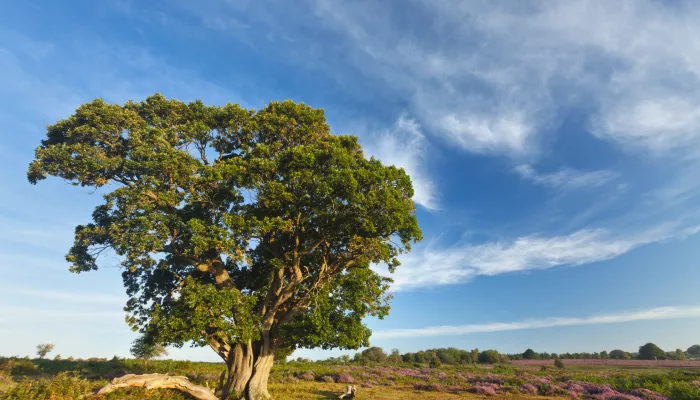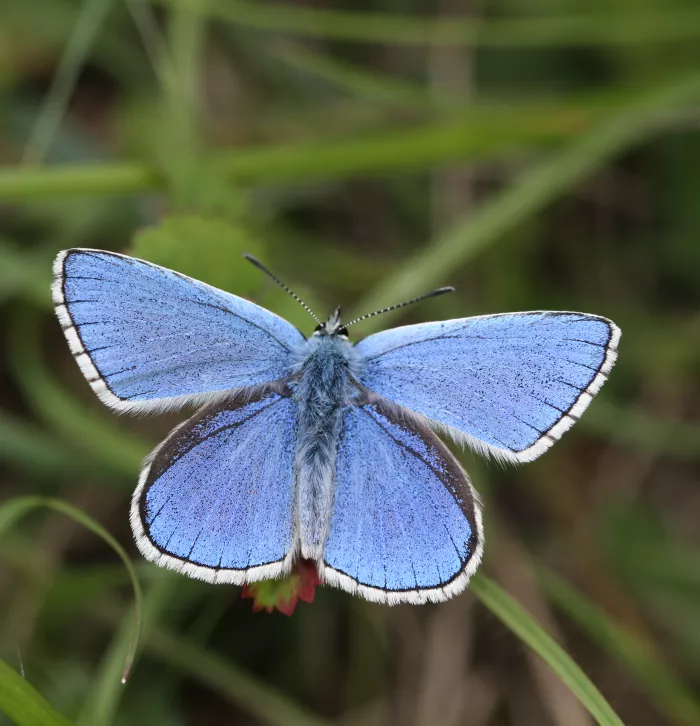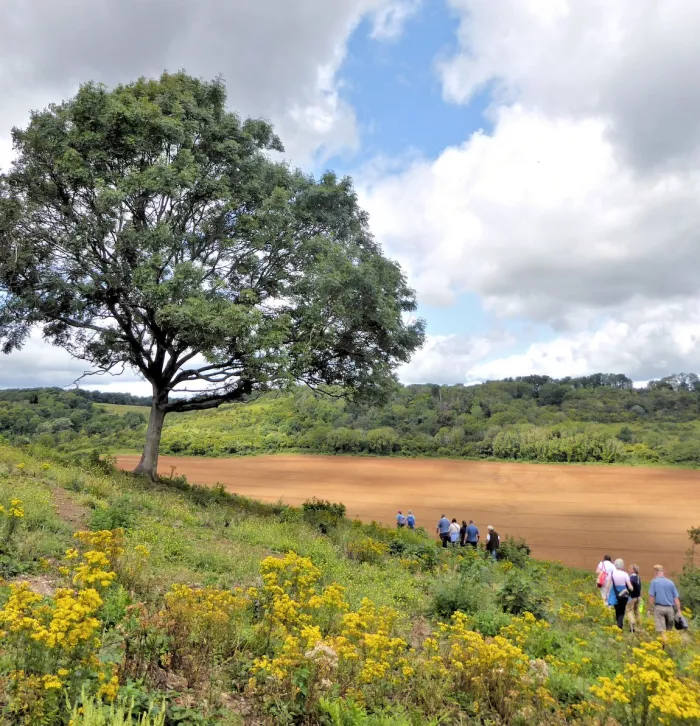Kent Wildlife Trust Group will adhere to the following principles when reviewing BNG investment to deliver 'offsetting’ on their own land (current or future, potentially acquired through BNG deals), as well as
that of third parties with whom we then work with directly in terms of management to maximise the chance of long-term, significant biodiversity impact through the use of BNG monies, whilst
minimising any attached risks.
Kent Wildlife Trust Group takes industry best practice guidelines and builds on them to ensure maximum long-term
strategic value is gained from a given BNG scheme beyond the national minimal 10%, and seeking to exceed KCC’s preferred 20% uplift, whilst trying to secure gain beyond 30-year biodiversity benefits.
- Kent Wildlife Trust will only work directly on schemes with high strategic value in terms of geographic, habitat or species importance, and that are compatible with its broader operational tenant of maximised biodiversity and bio-abundance through re-establishment of natural processes.
- Kent Wildlife Trust to ensure that BNG schemes it is involved in are designed from the perspective of enabling a genuine uplift in biodiversity across the widest possible area, irrespective of any paper designations.
- Kent Wildlife Trust will work to strengthen the policy context, and mechanisms through which BNG is applied within, to make BNG more impactful at a time of ongoing nature declines and biting climate change.
- Kent Wildlife Trust will apply due diligence to each scheme that KWT is directly involved with on a case-by-case basis, to ensure that it – as a minimum – meets CIEEM good practice guidance around the on-site components of the mitigation hierarchy before offset mitigation is bought into use.
- Kent Wildlife Trust will be as inclusive, equitable, and transparent as possible with regards to planning for and implementation of any BNG deals that it is directly involved in.
- Kent Wildlife Trust will consider new BNG-predicated acquisitions to its own Estate from a 99-year sustainability perspective.
- Kent Wildlife Trust will explicitly try to ensure that BNG schemes it is directly involved in are well placed to benefit from other payments for ecosystems services/ nature based payment schemes.
These principles are based on explicitly taking a balanced approach to risk versus opportunity in line with our Action & Innovation focus Wilder Kent 2030 Strategy, and recognising that there are various aspects to current BNG policy and application that require improvement if it is to be used to best effect, but the version/ guidelines and legal frameworks at the time a deal is struck need to be adhered to for any given scheme.



